Action Verbs
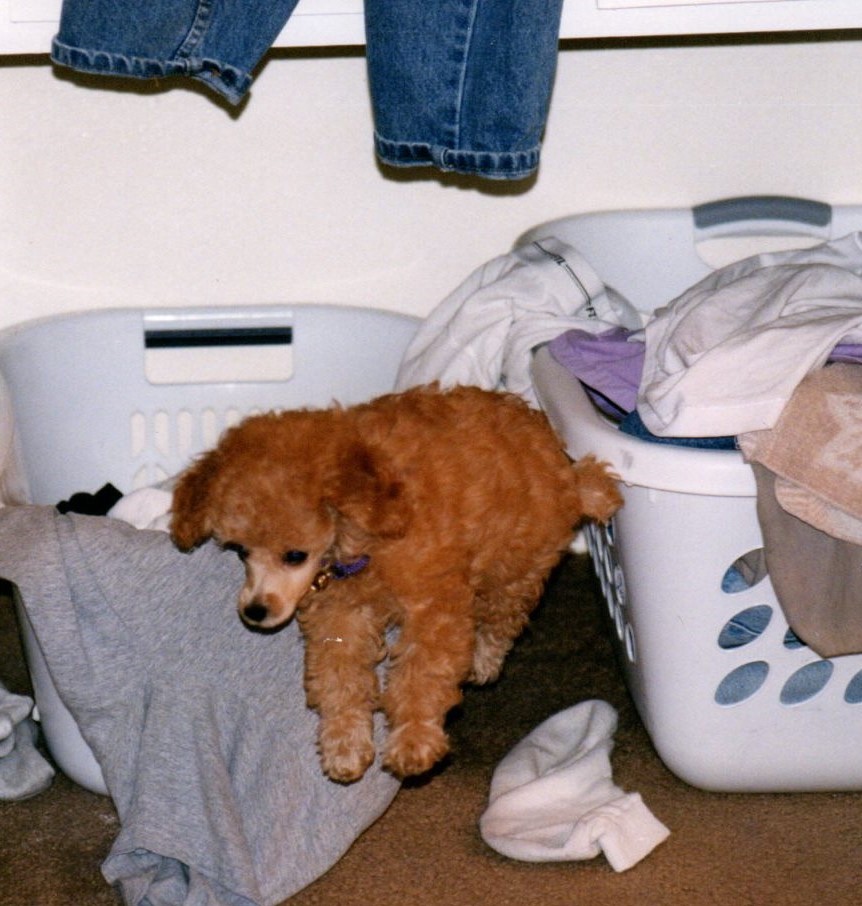
Take the passive out of writing!
Verbs, or action words, are one of the basic parts of speech in a sentence.
They describe action--what's happening in a sentence.
They show what the noun did, does, or is doing.
It sounds simple. And, for the most part it is.
To give you a better idea, look at the
picture below. The action words are in blue and underlined. And, the subjects (nouns) receiving that action are in green.
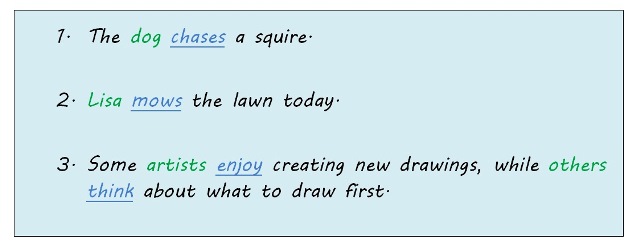
Passive voice uses helping verbs or "helpers."
Some writers use what's called the "passive voice."
Passive voice uses a passive verb tense, as opposed to an active verb tense. Passive verbs are often called "helping verbs," because they provide "help" to the verb. (They act to sort of "cushion" the verb.)
Below are some examples …
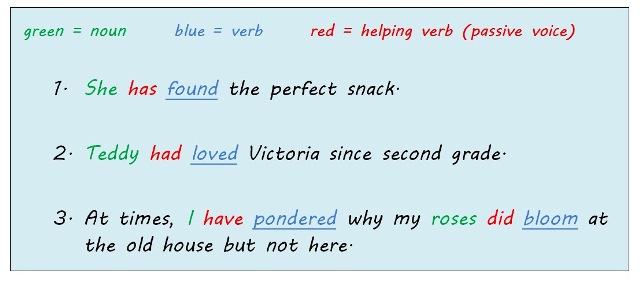
Common Passive Voice Words
In a sentence, these helping verbs come before the main verb.
When writers use them too much, they make the writing bland, boring, and long or drawn out.
Here are some of the most common:
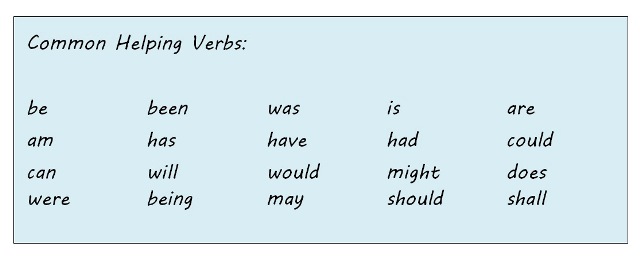
Passive voice is perfect for giving bad news--slowly.
Passive voice acts as a cushion to make the message sound less painful--or in other words “soft.”
For example, if your friend starts becoming bossy or negative and you want him or her to stop, you might say...
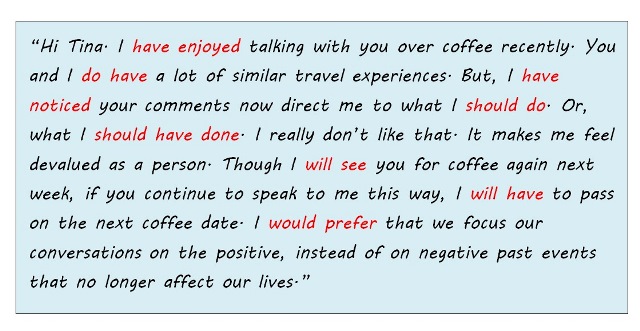
Excessive passive verb use is never advised.
While some folks say you need passive voice for certain kinds of writing, most professional writers will advise against it. You can use some, but do not make it the heart of the writing.
Passive voice is great for increasing the total word count when you need a minimum number of words for an assignment or work project/report. Many times this happens when you do not have enough to say. (Students are most often guilty of this ... and it's understandable, but it doesn't make the writing better--or result in a better grade.) And, writers who use passive voice often also include extra prepositions and/or prepositional phrases, which contributes to more writing "fluff."
This does not increase readability or content depth for the reader, but rather is a demonstration of weak writing.
Here's that same paragraph again. Notice the underline prepositional phrases …
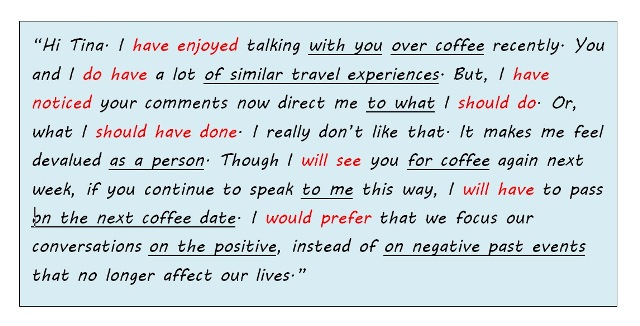
More Examples of Passive Voice

“Have been running” is passive voice.
The “have been” words are the helping words. "Have been" cushions the action word “running.”
This might be okay if we’re talking about running shoes and a need for extra cushion.
But, it sure doesn’t make this person a superstar runner--or a good writer!
Here's the sentence again, only this time with active voice:

Create Meaning for Your Reader
Good writing gives the reader new ideas, something to think about. And most importantly, the text has a clear message.
Adding too many passive words only increases the word count--not the value.
Be a writer that gives value to his or her readers. Give them your best.
Don’t pick words to fill space.
Pick words that convey your message. Pick words that mean something to you – and your reader.
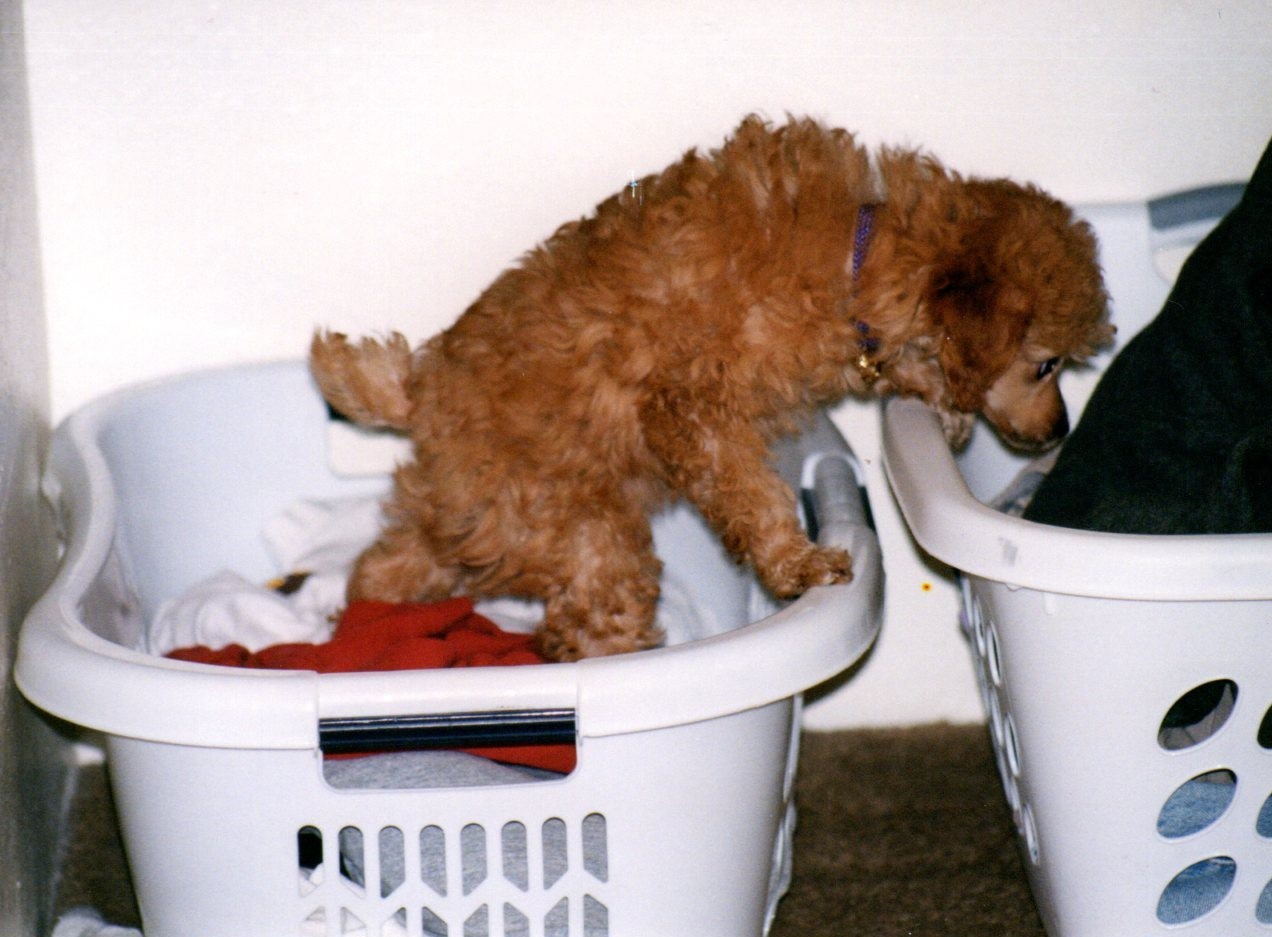
The Fix for Passive Voice
Often it helps to have a visual.
I suggest taking a paragraph, page, or chapter and highlight every passive helping verb.
This helps you see how much passive voice you’ve used. If the page is colorful, then get to work removing passive voice. Revise, revise, revise!
For example, if you wrote, "I have been skiing for a week." Change it to “I skied last week.”
You don’t have to remove all the passive voice words, but take out about half.
Take out enough passive voice words so it reads well without making you sound unsure of yourself, wishy-washy, insecure, or lacking confidence in your ideas.
You’ll present your thoughts well and make reading pleasant for your readers.
Advertisement:
Advertisement:







